Top 10 tips for buying an enterprise SSD

Corsair 128GB SSD
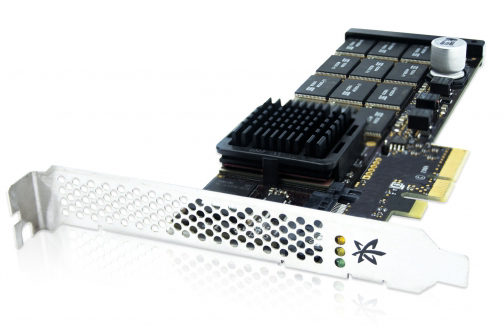
iodrive
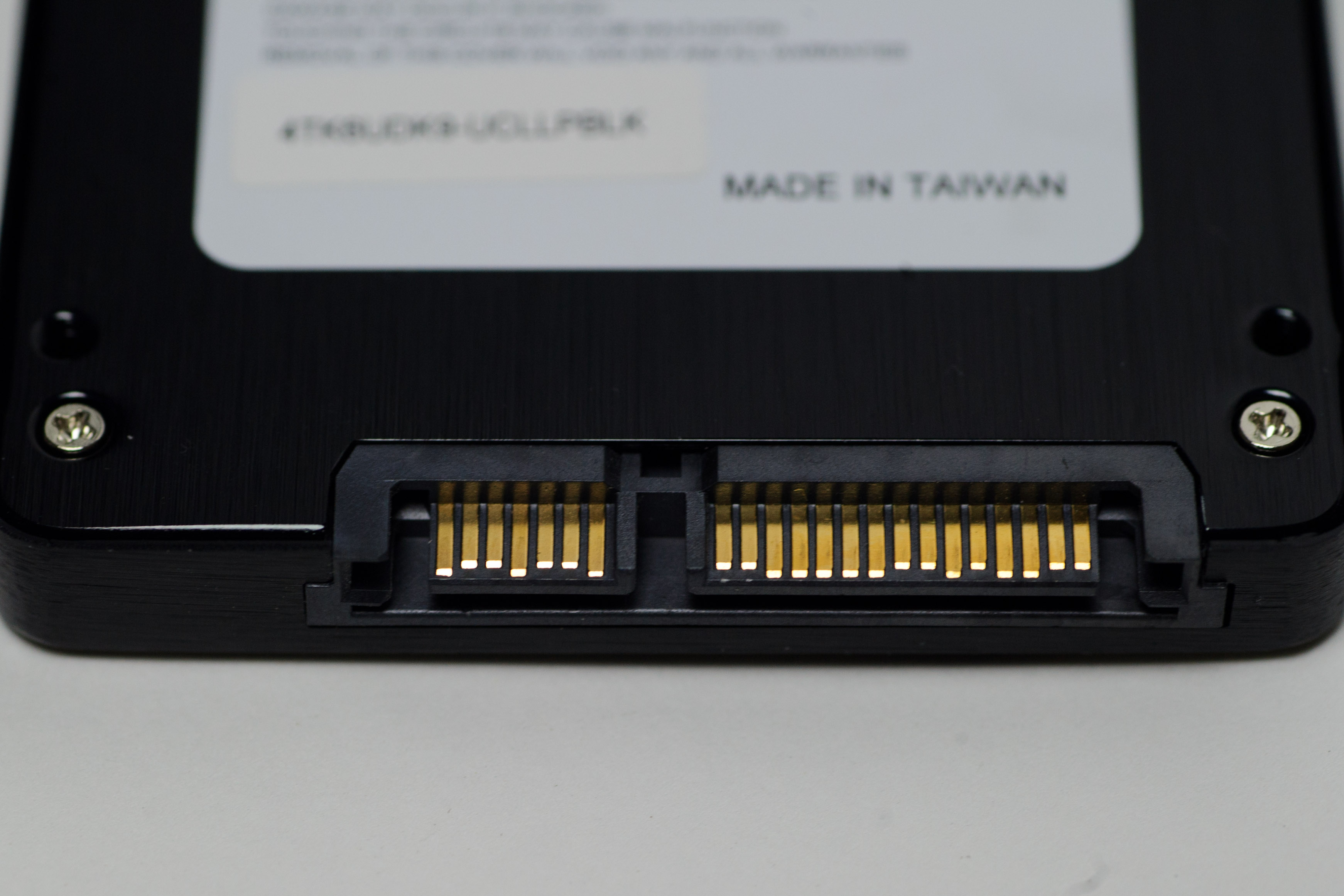
Interface
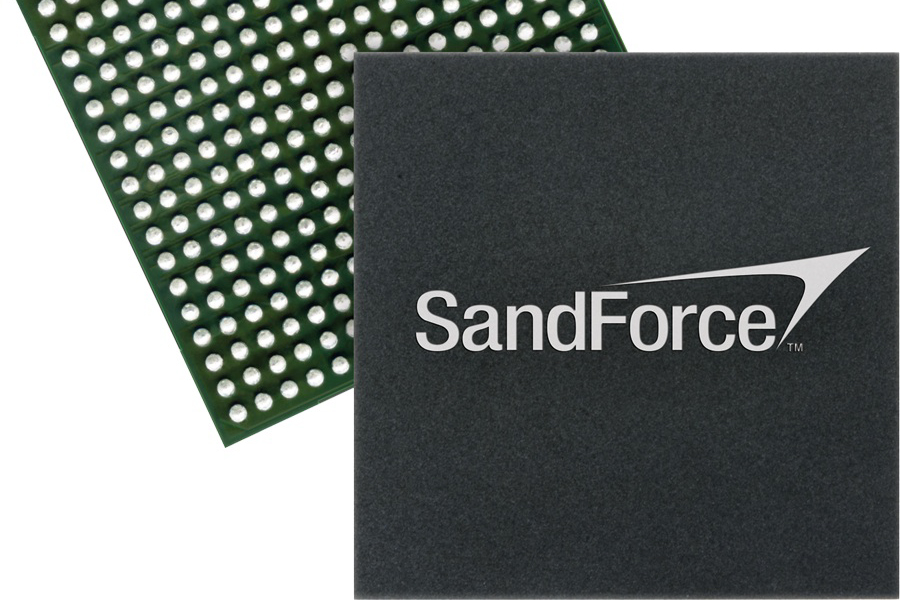
SandForce controller

MLC NAND
Hard disk drives have been doing the rounds for decades. It is nothing short of a miracle that manufacturers have been mass producing devices consisting of multiple platters spinning at up to 15,000 RPM with no noticeable faults.
However, solid-state drives (SSDs) are firmly established as the storage medium that will replace traditional spinning disks.
In the last five years, the price of SSDs have reduced to the point where they are now a viable proposition for consumers and enterprise users.
As the number of hard drive manufacturers dwindle, a gaggle of SSD vendors are lining up to take a chunk of the growing market. Established vendors such as Intel, Western Digital, Samsung and Kingston are going up against relative newcomers in the shape of ADATA, Micron, OCZ and Corsair.
Of course not all SSDs are the same and IT Pro is on hand to give a rundown of the 10 key features to look out for before making a purchase:
1. Capacity
You shouldn't simply pick an SSD based on the amount of data that will be stored. SSD performance is typically measured in input/output operations per second (IOPS) and read/write bandwidth in MB/sec. Much like hard drives, these figures are affected by the capacity. Due to aggregation of bandwidth and the physical number of NAND chips increasing with capacity, performance and in particular IOPS increases with capacity.
Currently, SSDs storage ranges from 64GB all the way up to 1TB, with specialist vendors offering multi-terabyte products. Going beyond 256GB sees very steep increase in price per gigabyte. SSDs with capacities between 128GB and 256GB offer a good balance of price and performance.
Sign up today and you will receive a free copy of our Future Focus 2025 report - the leading guidance on AI, cybersecurity and other IT challenges as per 700+ senior executives

2. Form factor 2.5in or 3.5in
Due to SSDs not having platters, drive manufacturers have managed to attain considerable improvements in physical storage density. The vast majority of SSDs on the market are in the 2.5in format. This means that they will fit into most laptops. A 'drive adaptor' can also be used to fit an SSD into a 3.5in drive bay.
Desktop users can also stack two 2.5in SSDs in a single 3.5in drive bay, allowing for an improvement in drive density without the need for a bigger case.
Certain enterprise orientated SSDs, such as OCZ's VeloDrive have add-in boards that plug into PCI-Express connectors. Such drives carry a significant price premium, but feature multiple SSD controllers to make use of the increased bandwidth of the PCI-Express interface.
-
 What businesses need to know about data sovereignty
What businesses need to know about data sovereigntyWithout a firm strategy for data sovereignty, businesses put their data and reputations at risk
-
 Anthropic says MCP will stay 'open, neutral, and community-driven' after donating project to Linux Foundation
Anthropic says MCP will stay 'open, neutral, and community-driven' after donating project to Linux FoundationNews The AAIF aims to standardize agentic AI development and create an open ecosystem for developers
-
 Cyber-resilient data storage for everyone
Cyber-resilient data storage for everyoneWhitepaper Improve cyber resilience and optimize performance
-
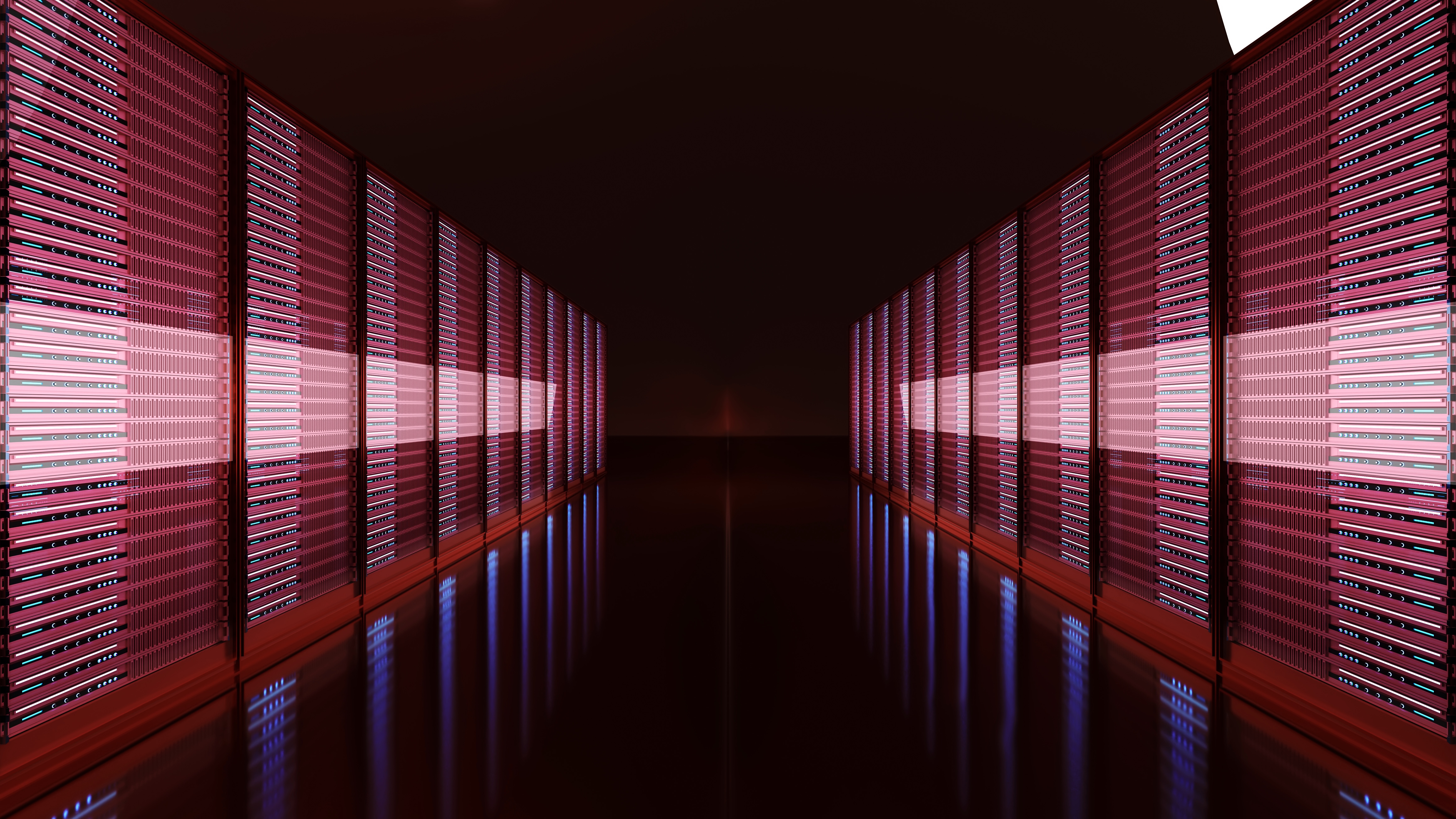 Sustainability is more than a flash-in-the-pan topic for the data storage industry
Sustainability is more than a flash-in-the-pan topic for the data storage industryAnalysis Rising energy costs and concerns over the environmental impact of data centers are prompting a shift away from power-hungry disk drives
-
 Pure Storage’s FlashArray//E launch offers “multi-year advantage” with performance and energy efficiency boosts
Pure Storage’s FlashArray//E launch offers “multi-year advantage” with performance and energy efficiency boostsNews The FlashArray lead at Pure Storage, said the launch will act as a “key differentiator” for the company in the storage space
-
 Why the floppy disk may never die
Why the floppy disk may never dieIn-depth The age-old floppy disk storage medium is still in demand despite continued attempts to kill it
-
 10 things to consider when buying an external hard disk-based storage device
10 things to consider when buying an external hard disk-based storage deviceIn-depth Find the right storage solution for you with this handy guide
-

 Qnap TS-h1290FX review: Flashy desktop storage
Qnap TS-h1290FX review: Flashy desktop storageReviews A sleek and affordable desktop NVMe all-Flash array that delivers great 25GbE performance
-
 Intel kills off Optane Memory business with $559m loss
Intel kills off Optane Memory business with $559m lossNews Optane is now one of six divisions the company has ended under Gelsinger's leadership
-
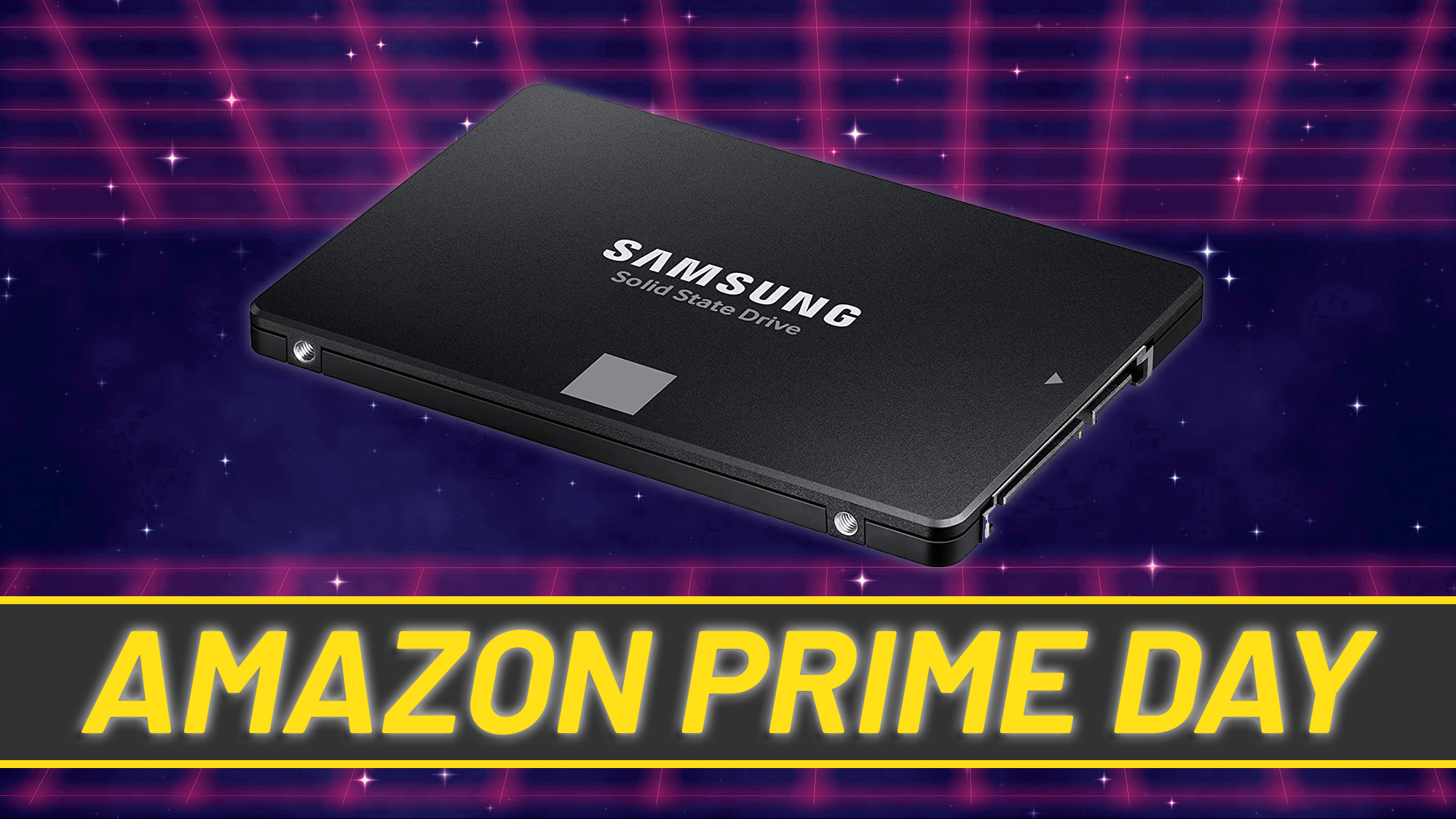 The best Amazon Prime Day storage deals: Extra capacity at rock-bottom prices
The best Amazon Prime Day storage deals: Extra capacity at rock-bottom pricesBest Add some extra headroom to your disk space